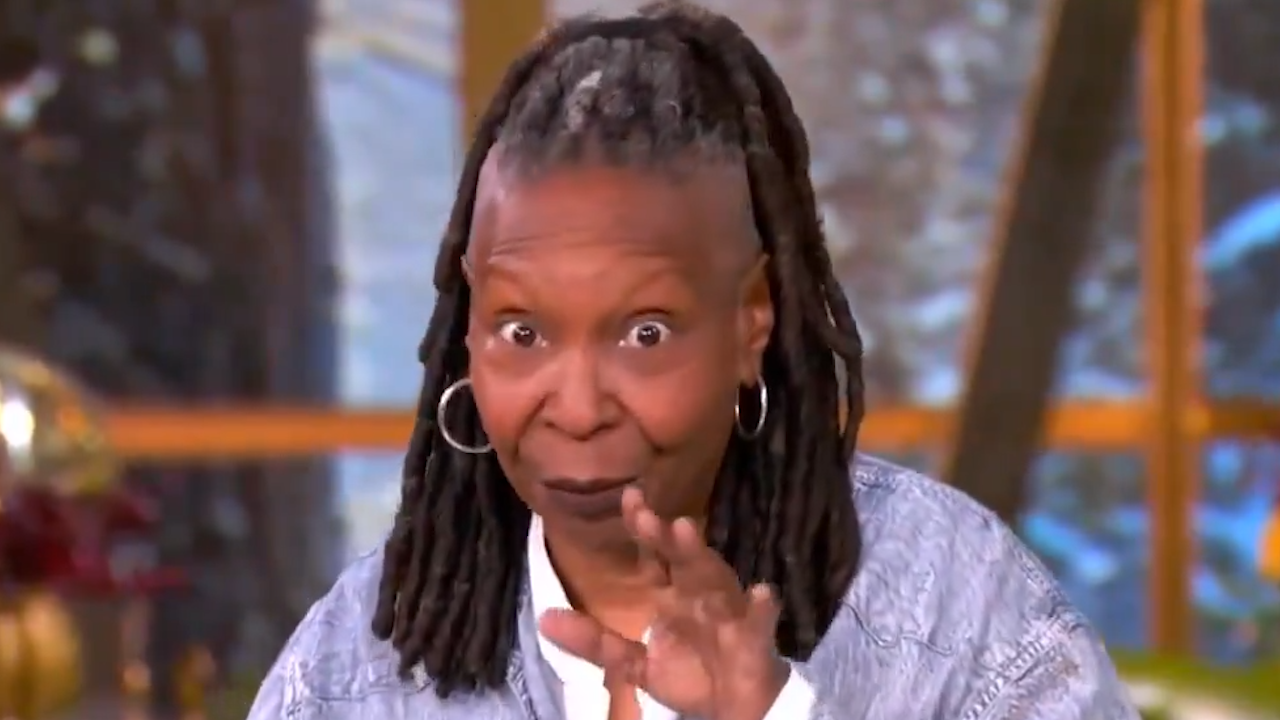Because athleticism is often regarded as the antithesis of intellectualism (the jock/nerd dichotomy remains commonplace), books about sport get overlooked as being non-serious, non-literary, or unimportant. People think they’re just fun. And they are fun. Sports are fun, so why wouldn’t the associated novels be? And they’re usually wonderfully structured—the training camp, the game, the season: they all translate perfectly into narrative structure—which can make them a pace-y read.
But sport novels are never only about sport. As sport exists as a product of our political and politicized cultures, so then do explorations and depictions of it. Stories about sport are also stories about class, gender, race, identity, mental health, disability, or collective vs individual identity (though probably not all of them all at once). For example, a story about Megan Rapinoe would be about the women’s world cup win, but it would also be about gender, sexuality, and pay inequality in the workplace.
My own novel, Bruise, is about an MMA fighter who is forced to retire due to injury just as he was poised to break into the big time. He returns to the impoverished town he ran away from as a teenager, where he struggles to reunite with his estranged brother and to come up with a new purpose for his life, since he can no longer do the only thing he’s ever prepared himself for. It’s about sport, but it’s also about poverty, alcoholism, the intertwining of personal and professional identity, and the crisis of contemporary masculinity.
Sport novels have the potential to be enjoyed by anyone. However, many readers are only familiar with the classics: The Natural, Shoeless Joe (Field of Dreams), End Zone, etc. which is a shame; excellent, profound sports novels are being released all the time.
So, selected to provide a range of topics and narrative styles, here are seven contemporary novels about sport.
The Bone Cage by Angie Abdou
Sadie, a swimmer, and Digger, a wrestler, are preparing for the chance to realize their lifelong dreams: winning Olympic gold. But it’s now or never for them as athletes—being in their mid-to-late twenties already means they’ll probably be too old to compete in the next games, and this puts immense pressure on their new relationship. And that’s before tragedy strikes.
In chapters that alternate points of view during the training and trials that lead up to the games, Sadie and Digger struggle to balance the start of their new relationship with the impending end of their lifelong dreams. This is such a smart book, demonstrating at every turn an authentic insight into the amateur sports world and the people in it. The Bone Cage is one of the most popular modern sport novels and is taught in universities around the world.

The Sidekick by Benjamin Markovits
Brian Blum is a sportswriter whose early career was boosted by his close relationship with breakout NBA star Marcus Hayes, who he grew up with, lived with, and was like a brother to. But then they grew apart, and then Hayes retired. Now, Hayes is making a comeback, and he’s reached out to Brian for the first time in years. Despite the grand stage of the action, this is more a quiet family drama comprised of dual narrative threads. One thread is the two of them as boys, building their relationships with each other and with the game. The other thread is the two of them as men, reevaluating these relationships as they age, and making their sad, possibly doomed attempts to hold on to the power, energy, and relevance of youth.
Indian Horse by Richard Wagamese
Saul Indian Horse is a talented hockey player. He always has been. In fact, it was his gift on the ice that helped him survive and escape the genocidal residential school system. But an indigenous player would only be allowed so much success in the 1960s, a reality that encourages Saul’s becoming bitter, angry, and resentful, and jeopardizing his ability to play at any level at all.
The novel starts with Saul in a rehab facility, from which he tells the reader the story of how he got there. With the telling, Saul reckons with who he has become, who he should be, and how much he was really able to leave that school behind. This is a remarkable novel, equally heartwarming and heartbreaking. It’s spare, tragic, and beautiful.
The Cactus League by Emily Nemens
Emily Nemens was the editor of the Paris Review, perhaps the most prestigious literary magazine in the world. So I suspect it came as a surprise to many when her debut was a humorous novel about baseball. But it’s more than just humorous, and it actually reads like more of a series of linked character studies than a traditional novel.
The narrative ostensibly hangs on the high-profile collapse of star leftfielder Jason Goodyear during Spring training, but this is only loosely followed. Each chapter centers on a new character whose life orbits Jason’s from varying distances: his batting coach, his agent, the team’s owner, a rookie, the baseball wives, a cleat chaser (a derogatory colloquialism for the women who pursue the ball players), a concessions worker in the stadium and her children. Jason, almost a mythical figure, is revealed only indirectly or in small glimpses, in moments where their lives are affected by his. Jason might be the star of this drama, but the real focus of this book is the people, humble and grandiose alike, who hold up the stage for him.
Carrie Soto Is Back by Taylor Jenkins Reid
Straightforward and punchy, Carrie Soto Is Back is about the titular Carrie, the winningest Grand Slam champion in tennis history. She retires on top. And then, five years later, the younger Nicki Chan dominates the tour and closes in on Carrie’s records. But all the spiky, unpopular Carrie Soto really has is her records, so she laces up her signature shoes for one last season to keep what records she can and reclaim the rest. Along the way, she tries to rebuild her relationships with her father—who had been her coach once, until she fired him—with her exes and opponents, with the sport of tennis, with the concept of winning, and with herself. Who will she be when, eventually, she’s no longer the best in the world?
Breath by Tim Winton
Breath is a classic coming of age story. Pikelet is a loner. Too intellectual to fit in with the country kids, too low class to fit in with the city kids, he floats around alone until he meets another outcast, Loonie, the local wild boy, with whom he becomes best friends and surfing buddies. Eventually, the two of them fall in with Sando, an enigmatic and reclusive surfing guru, and his wife Eva, an angry and distant former athlete suffering from a chronic injury. Those relationships push the boys farther than they thought possible—no matter how dangerous that might be. Pikelet, Loonie, Sando, and Eva’s story is one of shifting loyalties and single-minded pursuits that have lifelong consequences. The descriptions of the surfing in particular paint it as something beautiful and powerful, terrible, and almost mystical.
Headshot by Rita Bullwinkel
I have said that sport books often have great structures. Of all the books on this list, this is most true for Headshot. Eight of the best teenage girl boxers in the US face off in a two-day championship tournament. The chapters of the book are the matches, and each chapter goes back and forth between the points of view of the girls who are fighting that match—not just their experiences in that moment, but also in the past: what has brought them there, what has made them who they are? The writing is energetic, powerful. It lands a gut punch on the very first page and doesn’t let up.
This novel only came out four months prior to the writing of this article. That’s not much time for historical reflection, but having read most of the best boxing novels ever written, I feel confident that Headshot will, one day, be counted among them.
And a bonus:
17776 by Jon Bois
I know I said this list would be seven, but we’re going into extra innings. 17776 is not a novel, which is why I didn’t include it in the list, but it’s too interesting a text to leave out. It’s a digital novella, the entirety of which can be read here.
Clever, creative, and original, 17776 is the story of Nine. As in, Pioneer 9, the satellite from the sixties, who fifteen thousand years in the future is given sentience and joins other sentient satellites in their favorite pastime, watching the many bizarre versions of football that have emerged in millennia of biological and technological progress on earth; for instance, one game uses the entire state of Nebraska as its field.
17776 is sometimes silly. It’s definitely a lot of fun. But it’s also often strangely sweet: hurtling endlessly through space, Nine and the rest of the satellites have only each other and their distant impressions of us.




























































